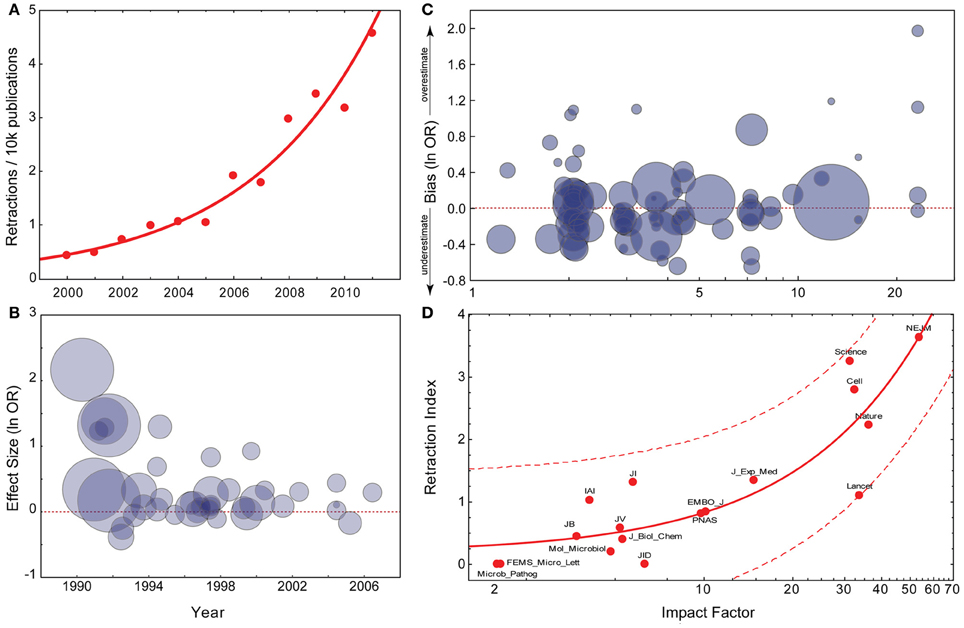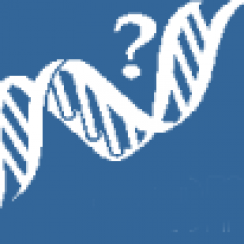
This year marks the 12th anniversary of the publication of this legendary letter to the editor in the Journal of systems and Software: Nothing really has changed in a dozen years, it seems

This year marks the 12th anniversary of the publication of this legendary letter to the editor in the Journal of systems and Software: Nothing really has changed in a dozen years, it seems
*During my flyfishing vacation last year, pretty much nothing was happening on this blog. Now that I’ve migrated the blog to WordPress, I can actually schedule posts to appear when in fact I’m not even at the computer. I’m using this functionality to re-blog a few posts from the archives during the month of august while I’m away.

This post was originally published on the London School of Economics “Impact of Social Sciences” blog, on July 30, 2013: In various fields of scholarship, scholars accrue reputation via the proxy of the containers they publish their articles in. In most if not all fields, scholarly journals are ranked in a hierarchy of prestige.

GigaScience reaches its first anniversary of publication, and achieves several milestones in changing how life science research is published One year on from our launch, we are unveiling new features and functionality at the Intelligent Systems for Molecular Biology (ISMB) meeting at the ICC in Berlin (pictured) this week.
This is a slightly edited (amended, essentially) version of my article published today at The Conversation. In cases where a problem within a community is detected and collective action is required to address the problem. one needs to strike a fine line or any efforts to convince the community that action is required will fail.

This morning I was reminded of the age of some of the technology we’re using. Hyperlinks were developed at Stanford University and first demonstrated by their inventor Douglas Engelbart (using the first mouse) in 1968: On Tuesday, Douglas Engelbart died, even before the scholarly literature was able to fully implement the technology he invented, 45 years and counting.

**Editors: Mark Wass (University of Kent, UK), Iddo Friedberg (Miami University, Oxford, Ohio, USA), Predrag Radivojac (Indiana University, Bloomington, Indiana, USA)**To tie in with the upcoming Automated Function Prediction Special Interest Group (AFP-SIG) at the ISMB/ECCB 2013 meeting in Berlin, GigaScience and the organisers are launching a call for submissions to a thematic series of research from the meeting and beyond
This anecdote made my day today. On a Drosophila researcher mailinglist, someone asked if anybody on the list had access to the Landes Bioscience journal ‘Fly’. I replied by wondering that if #icanhazpdf on Twitter didn’t work, the days of ‘Fly’ are probably counted, with nobody subscribing.
Mike Taylor wrote about how frustrated he is that funders don’t issue stronger open access mandates with sharper teeth. He acknowledges that essentially, the buck stops with us, the scientists, but mentions that pressures on scientists effectively prevent them from driving publishing reform.
The recently released development draft for SHared Access Research Ecosystem (SHARE), authored by the Association of American Universities (AAU), the Association of Public and Land-grant Universities (APLU) and the Association of Research Libraries (ARL) in response to the OSTP memo on public access to federally funded research in the US sounds a lot like the library-based publishing system I’ve been perpetually arguing for.